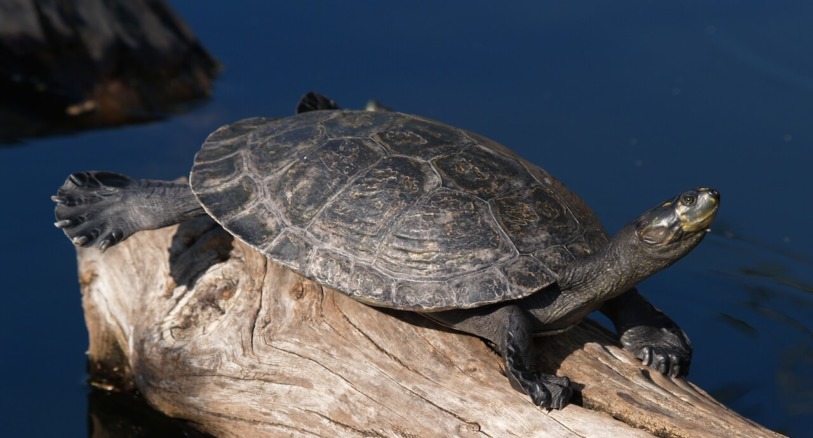
Yellow-spotted amazons are found in Northern South America, Venezuela and Surinam to northern Brazil; mainly in Amazon and Orinoco river drainages, in large rivers, backwaters, lagoons, and flooded forests.
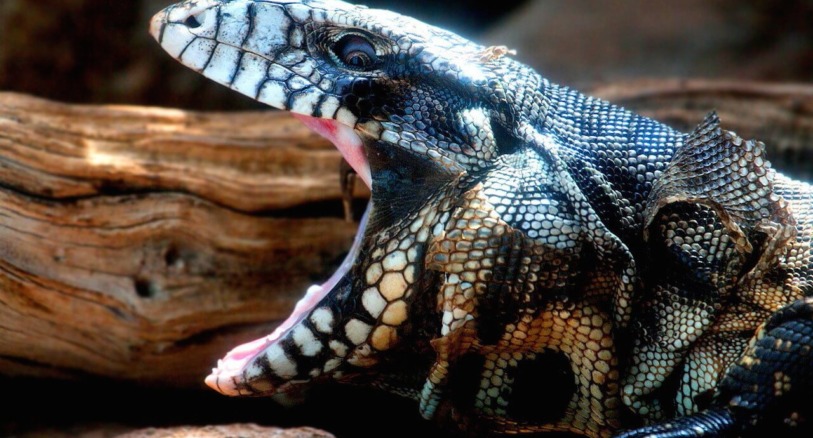
Pointed head. Long, forked, protrusible tongue. Small, granular dorsal scales. Ventral scales larger, in 22 to 27 longitudinal rows. Long, cylindrical tail which may be broken off and regenerated.
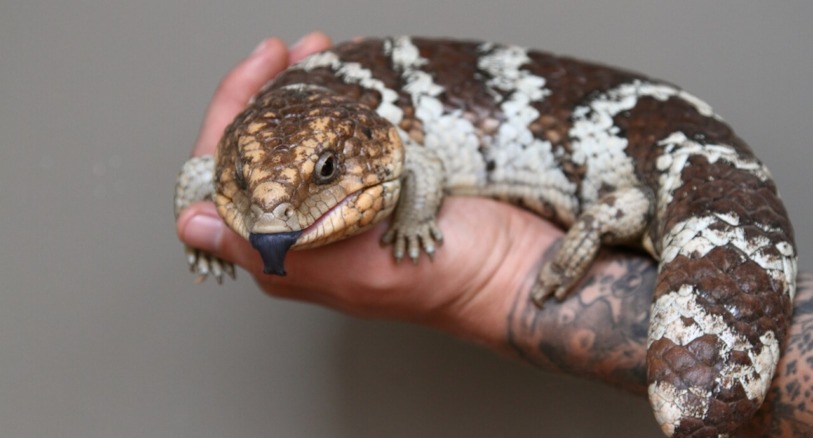
The Shingleback skink is found in southern and western Australia, in desert grassland areas or sandy dunes. Skinks are shy and secretive and seldom stray far from their shelter.
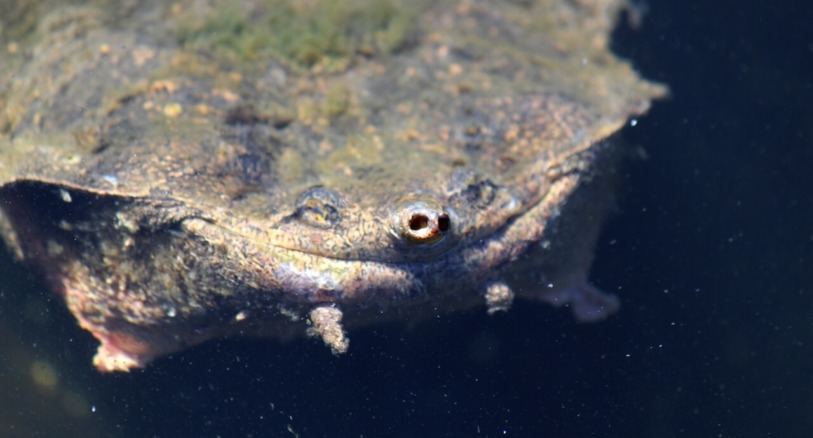
This species inhabits stagnant pools in Brazil and the Guianas and also in parts of the Amazon River and in Trinidad.
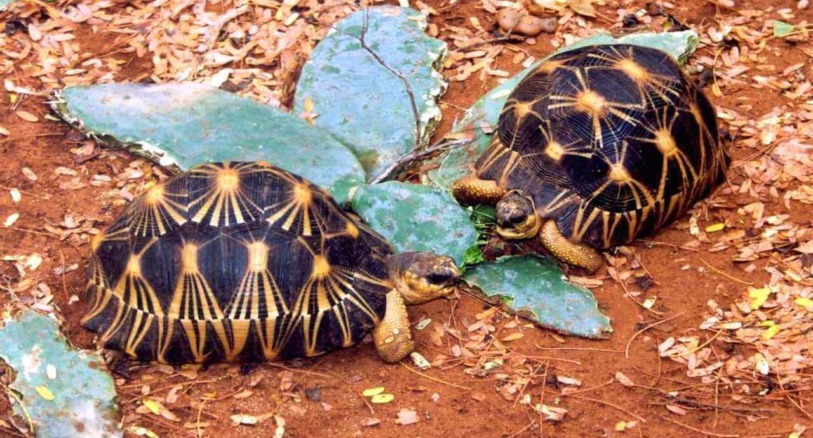
In the wild, this reptile is relegated to the extreme south and south-western portions of Madagascar. In recent times, they have also been introduced to the nearby island of Reunion.
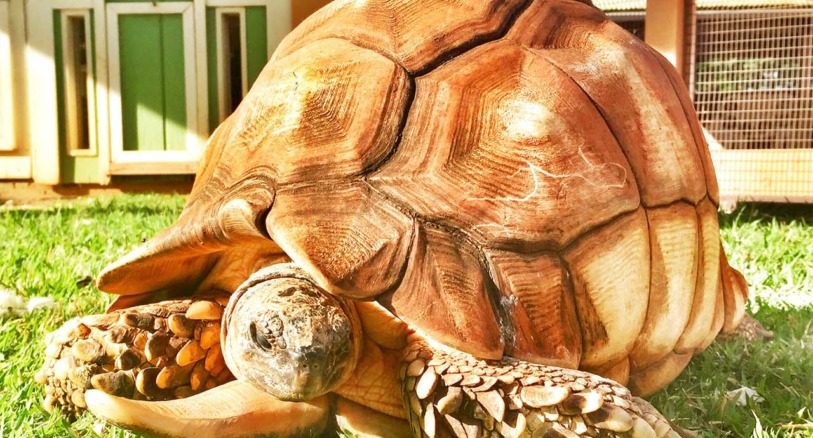
Inactive during cool, dry season (May to October). Does not dig burrows. Seeks protection in thickets and seeks shelter in surface litter. Forages during morning and late afternoon.
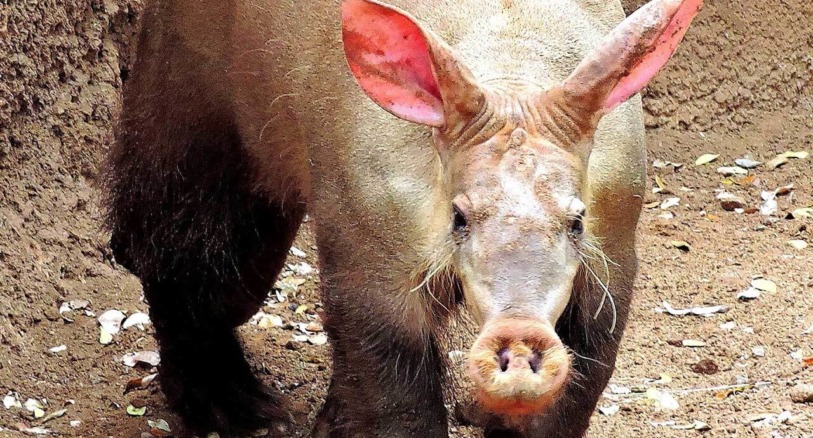
The name aardvark comes from a word meaning “earth pig.” The aardvark is endemic to Africa and are specialized for eating termites but are considered an omnivore.
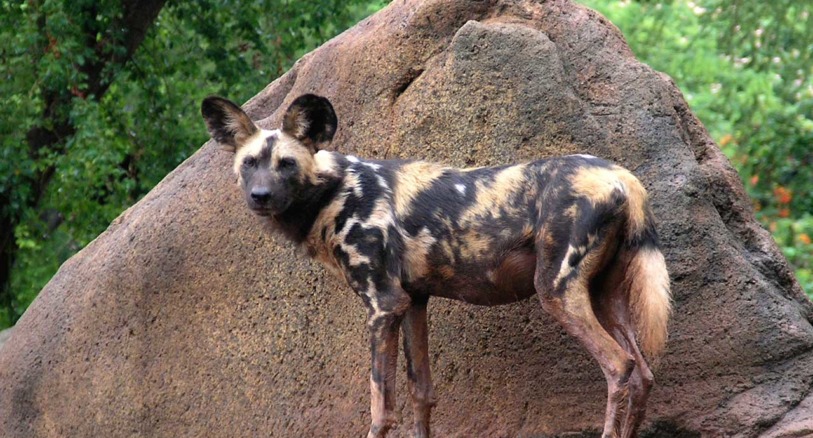
African Wild Dogs are very social animals that live in packs of 5-20 individuals; rarely as many as 60. They fill the ecological role or niche of the wolf in Africa.
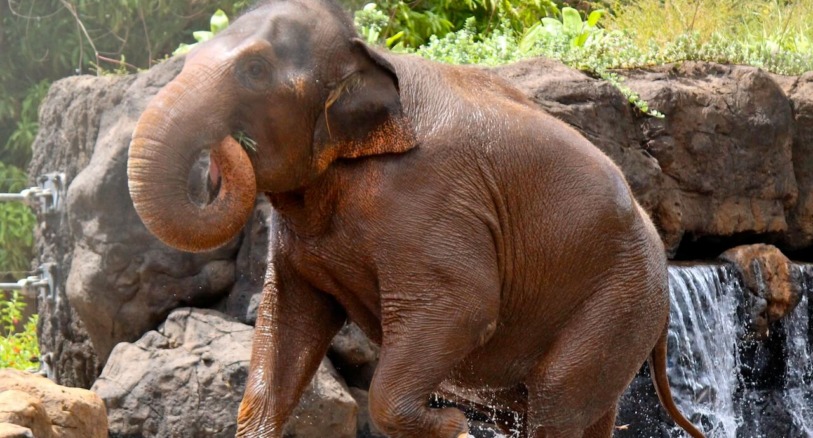
The Asian or Asiatic elephant (Elephas maximus) is the only living species of the genus Elephas and is distributed in Southeast Asia from India in the west to Borneo in the east.
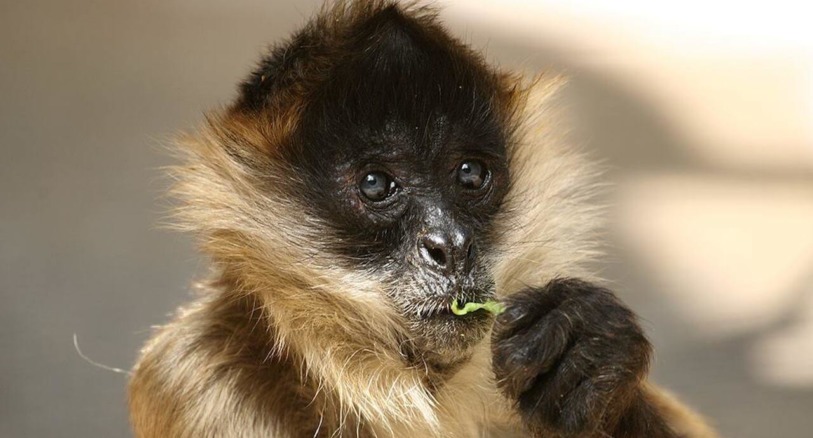
New world monkeys like the spider monkey are more primitive than old world monkeys. Their brains are less complex, their thumbs are not opposable and their nostrils are further apart.

